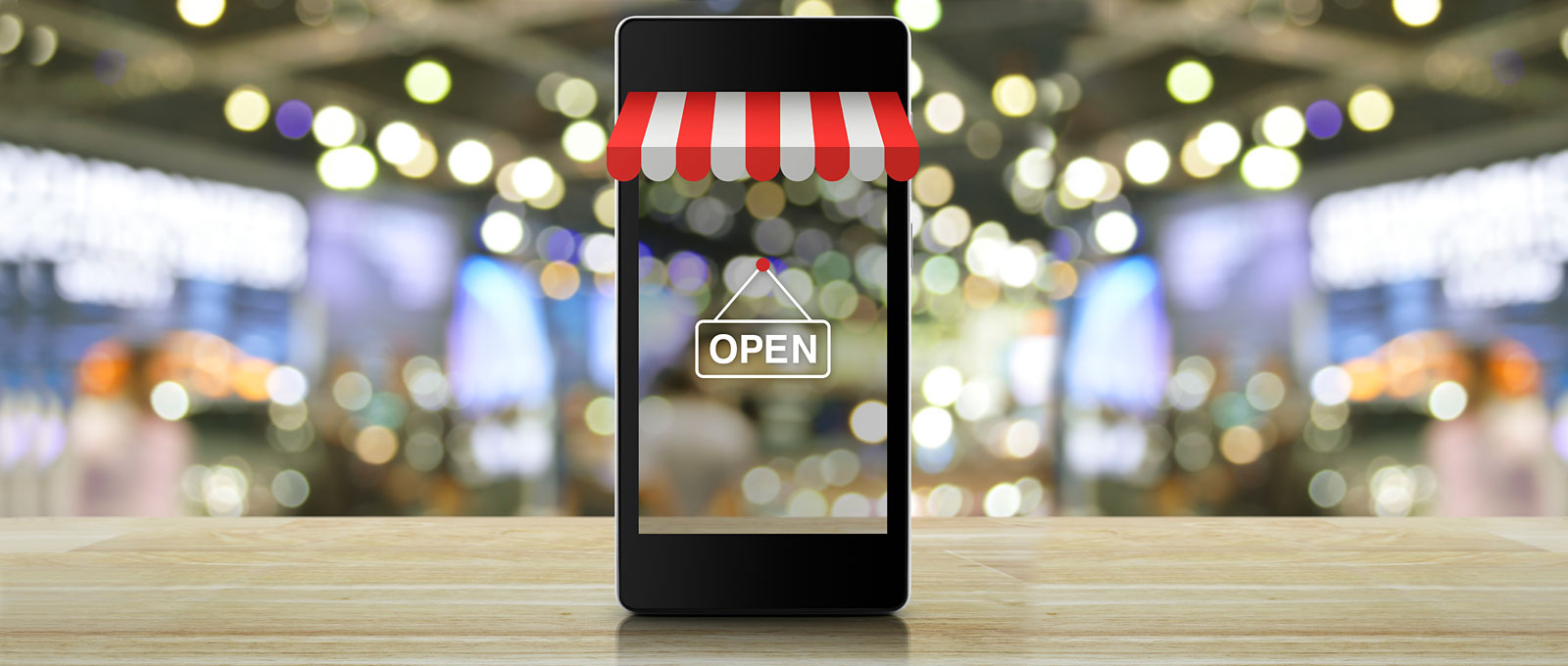 Web Content Viewer
Web Content Viewer
Four Technologies to Help Retailers Survive and Thrive in the Digital Age

The use of technology has significantly changed shopping habits, as consumers today no longer need to visit a store to make their purchase; now they can use tools such as, laptops, tablets and smart phones to order everything they desire, all with a click of a button. However, as digital interactions become more common, retailers must be creative when it comes to merging the gap between in-store and online purchases. Although change can be terrifying, with this new age brings new opportunities, which every smart retailer must take advantage of in order to remain competitive.
Let’s take a look at four technologies that retailers must have in order to survive and thrive in the digital age:
- Social Migration. The use of social media today has become so prevalent that businesses who do not take advantage of social media platforms such as Facebook, Twitter, and Pinterest, are missing out on a wealth of marketing opportunities. Business-to-business (B2B) and business-to-consumer (B2C) advertising abound on these sites, whether it’s posting coupons and promotions, spreading brand awareness, initiating marketing campaigns, engaging in real-time conversations with customers, and staying in front of the consumer eye. Social media engagement also provides brands with the opportunity to remain at the forefront of consumer activity; to either outpace, or at least be in step with the competition. In today’s ever-changing and challenging retail environment, brand loyalty may or may not be guaranteed, but customer service and instant access is king. So, take advantage of these online channels to inform readers with valuable information and interesting insights about products. Social networks do not always drive a lot of e-commerce sales directly, but they build a strong brand voice and can become the brand of choice for shoppers, allowing them an outline to uncover new products to buy.
- Going Mobile. Consumers have become accustomed to reviewing and purchasing products in real-time via mobile devices, such as smart phones and tablets. Consumers expect their retail outlets to provide them with instant, anytime, anywhere support, and they expect to have ability to comparison shop, and search for outlets, brands, and pricing no matter where they are. Mobile development has been steadily growing, both in revenues and jobs created. Mobile digital media time in the US is now significantly higher at 51% compared to desktop (42%) If retailers are not able to reach their audience through mobile search or display, or they are not providing a satisfactory mobile experience, they will miss out compared to competitors who are.
- Big Data Analytics. The use of Analytics is a key player in the retail process. Retailers using Analytics can predict popular products and trends, forecasting the demand for those products, enhancing pricing for a competitive edge, and identifying the customers likely to be interested in them. With data analytics, retailers can better understand their business and better serve their consumers. Understanding and addressing the ever changing needs of consumers’ remains a daunting challenge for many retailers.
- E-commerce Websites. With online retail sales rising year after year over brick and mortar outlets, having a user friendly e-commerce website has become essential in order for businesses to thrive. Increasing website traffic in the digital age is a common challenge for retailers, but making the right first impression – and maintaining the experience for repeat visitors – can go a long way in remaining competitive and outpacing the competition. Users need to quickly and effectively navigate through a site to find what they’re looking for. An effective site should also allow shoppers to take immediate steps to getting all the product information they need. Retailers can achieve this by adding essential communication tools, such as providing visitors with chat options, allowing direct communication with sales associates who can help check item stock, or simply answering any questions that would arise if transactions were made face –to face at the instore counter.
Retailers should learn to conform and continuously adopt and promote new technologies to be in step with consumer trends. Utilizing social media platforms to promote brand awareness and reach the consumer in real-time, taking advantage of the rise of mobile technology in order to provide instant ordering access, using analytics to predict key trends, and having an updated, smart and savvy e-commerce website all contribute tremendously in helping a brand expand, survive, and thrive in this ever-evolving digital age.
Joe Scioscia
Vice President of Sales
Vice President of Sales
Comments
By using this site you agree to our Privacy Policy and our Terms of Use.
Navigation
What We Offer
120 Comac Street
Ronkonkoma, NY 11779
Ronkonkoma, NY 11779
VAI - Vormittag Associates, Inc. ©2024 |
Privacy Policy |
Terms Of Use